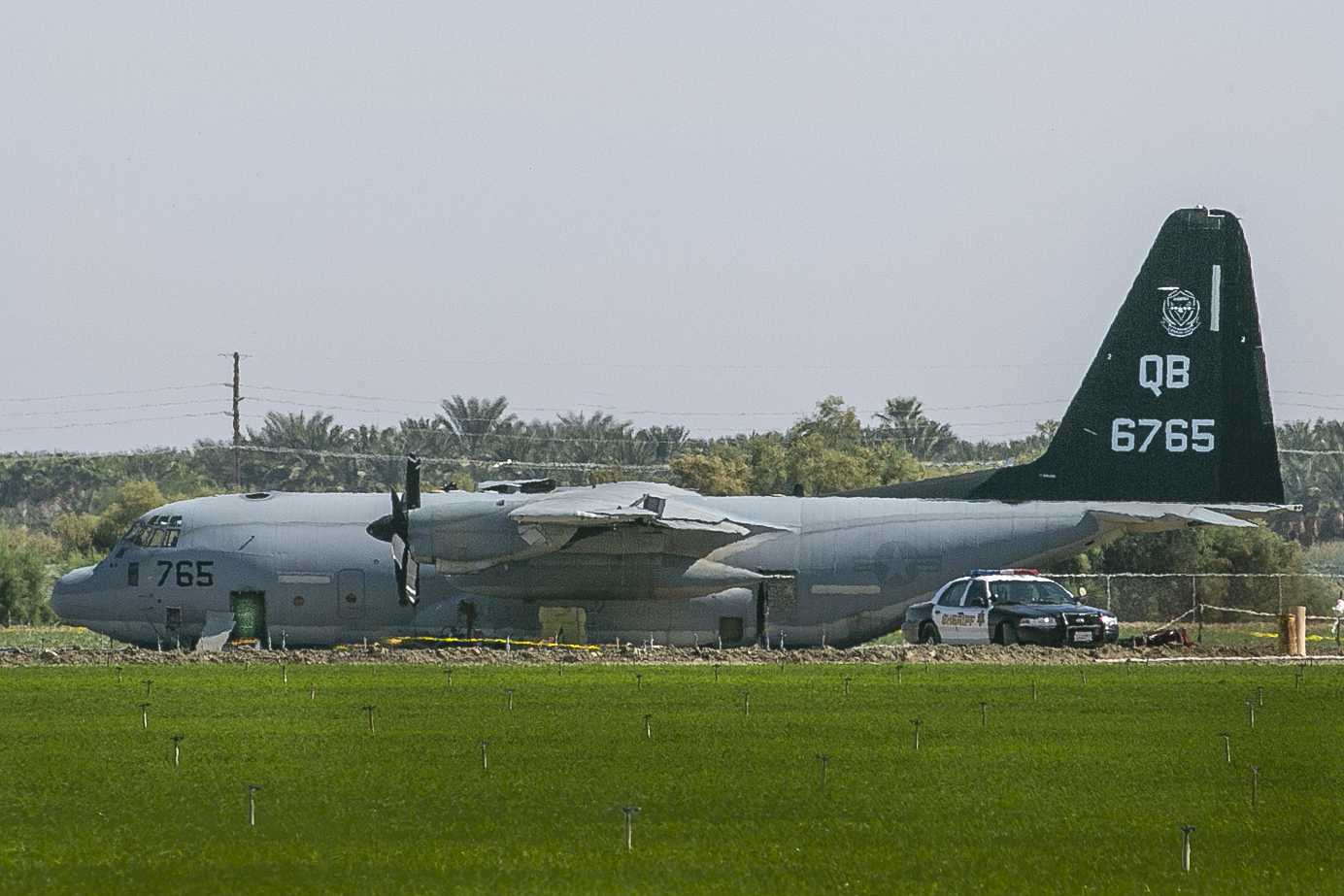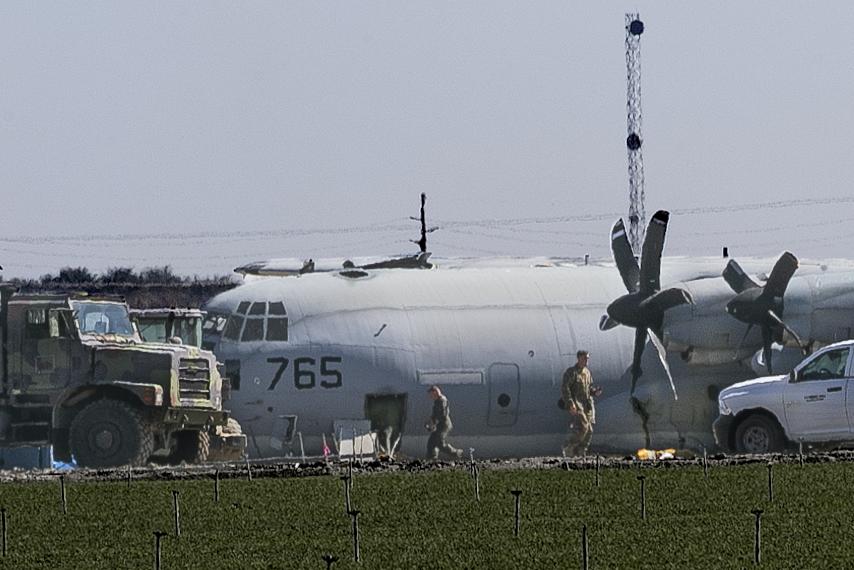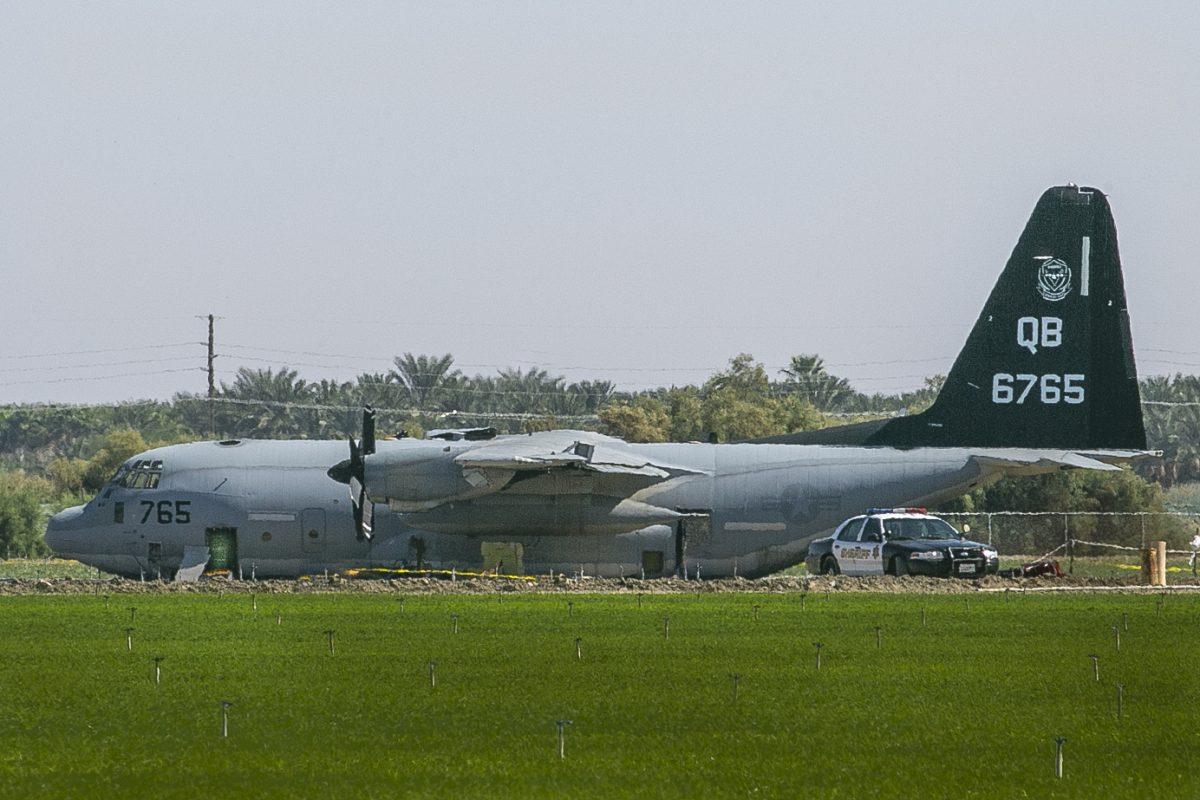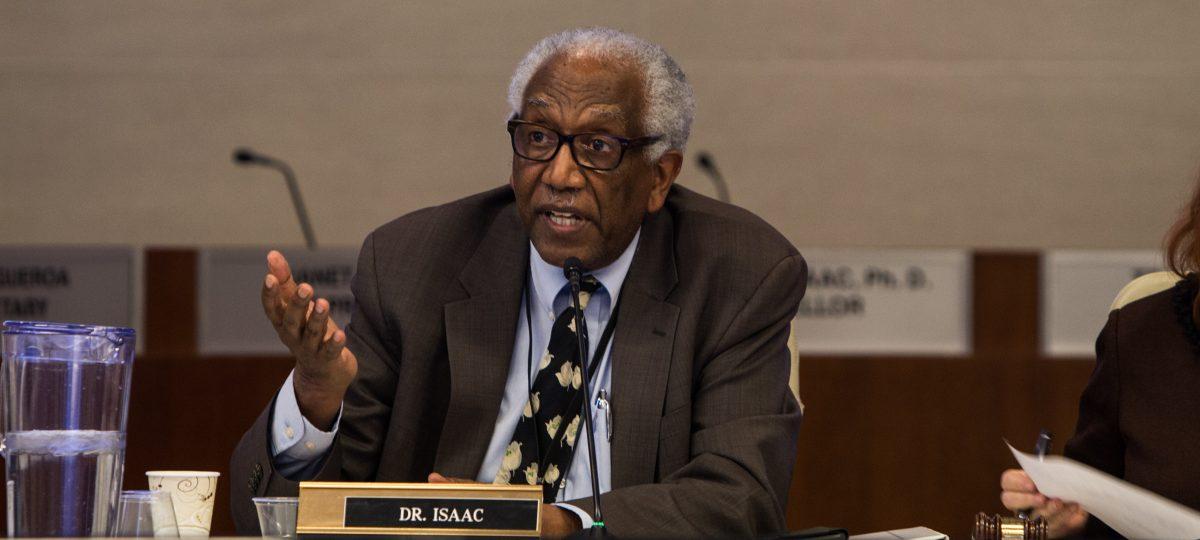
By Joyce Nugent
A F-35B fighter jet collided with a KC-130J tanker during an air-to-air refueling training operation Sept. 29 around 4 p.m.
The F-35B (VOLT 93), which crashed close to Salton City, was assigned to the “Green Knights” of Marine Fighter Attack Squadron (VMFA) 121. The pilot of the F-35B ejected successfully. The stealth fighter jet was destroyed on impact.
The KC-130J that made an emergency landing is assigned to the “Raiders” of Marine Aerial Refueler Transport Squadron (VMGR) 352.
The pilot of the U.S. Marine Corps KC-130J Hercules tanker touched down safely close to the Jacqueline Cochran Regional Airport near Thermal, located in Riverside County.
“It was an impressive maneuver bringing it down safely by force,” said 1st Lt. Brett Vannier, Marine Corps Air Station Yuma spokesman.
Miquel Vasquez, of Thermal, was rinsing his truck off at the end of his day about a quarter of a mile from where the plane crash landed on its belly in a carrot field.
“I looked up to the sky because I heard a lot of noise,” Vasquez said. “I will never forget the sight of the big plane flying so low. I knew it was going to crash.”
In the Federal Aviation Administration’s recording of Raider 50’s, the callsign for the FC 130J tanker, with air traffic control at LA Center, the pilot declares an emergency:
“LA Center LA Center, RAIDER 50 declaring an emergency, midair collision with VOLT 93. We have two engines out, we’re leaking fuel, and likely on fire, and in emergency descent at this time.”

“I was afraid there would be a fire,” said Jose Madina, a resident who lives nearby. “I saw it leaking fuel as it flew by. I was praying it would make it to the airport.”
Luis Gonzalez, who was working at Golden State Herbs, ran across the 40-acre field after he saw the plane plow through it.
“I saw people run from the plane and yell to stay away,” Gonzalez said.
When a military aircraft crashes, there is at least one accident investigation; if death or injury occurs. But there is generally more than one investigation, each conducted by the military. At times, a third may be conducted by the National Transportation Safety Board or the Federal Aviation Administration.
Military officials said the cause of the collision is under investigation. They would not discuss the damage to the aircraft or other details.
The total number of major military accidents, defined by the extent of damage or injury the individual accidents caused, dropped slightly last year. The Pentagon reported 1,005 major accidents in 2019, down from 1,036 in 2018, according to Department of Defense data. The Marine Corps was the only service branch to see a spike in the total number of major accidents, as the total rose 30%.
“As the service’s safety advocate, the Naval Safety Center remains committed to identifying hazards and reducing risks to our people and resources,” said Stephanie Slater, spokeswoman for the Naval Safety Center that oversees Marine Corps aviation. “We will continue to provide advanced data analytics as well as in-depth studies, trends and sophisticated modeling data that can be used to help prevent mishaps.”







